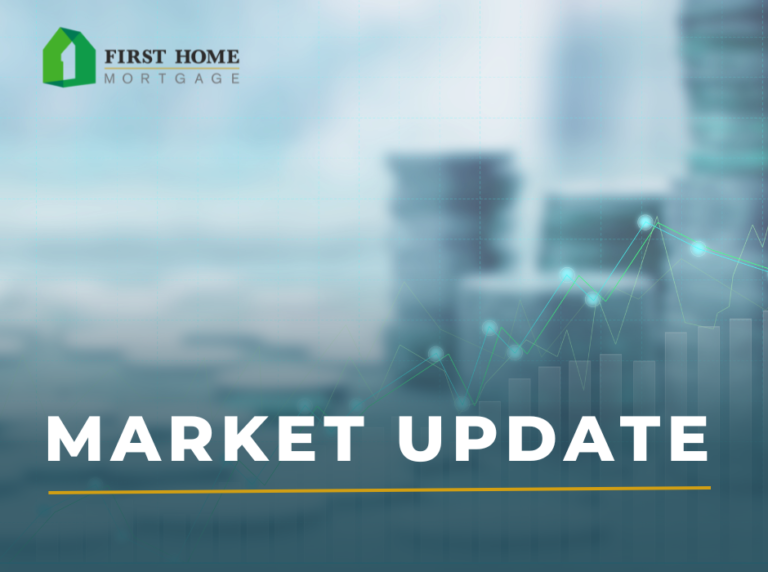
After a dynamic week in the market, we thought it would be helpful to share some key highlights. Let’s dive into the recent events and their impact on inflation, GDP growth, and interest rate expectations.
GDP Surprise
Yesterday, there was a significant selloff following the release of the Q1 GDP report. Gross Domestic Product (GDP) measures the total value of goods and services produced in an economy over a specific period. The initial estimate of Q1 GDP growth was 1.1%. However, it was later revised to an robust 2%. This unexpected increase challenges the prevailing belief of an impending recession and influences expectations for future interest rates.
Inflation Numbers
Inflation remains the central focus for the Federal Reserve, with Core Personal Consumption Expenditures (PCE) being their favored measure. Core PCE inflation, which excludes volatile components like food and energy costs, reported at 3.8% year-over-year, in-line with market expectations. Digging deeper, the monthly Core PCE inflation came in at 0.3%, slightly below the expected 0.4%. The annualized rate was 4.6% compared to the anticipated 4.7%. Although Fed officials will likely emphasize the need to bring down inflation from its elevated level, it’s worth noting that inflation is gradually declining towards the 2% target.
Fed’s July Meeting
The Federal Reserve has indicated that the upcoming July meeting is considered “live,” meaning rate increases are possible based on incoming data. Notably, today’s PCE report is the final one before the July meeting, making it a crucial data point for decision-making. It’s important to remember that the impact of the Fed’s actions takes time to manifest in the economy. The availability of credit from commercial banks remains constrained in the wake of the regional banking crisis. This is affecting the economy but is not yet displaying in backward-looking economic data. Despite the consistent rhetoric about potential rate hikes, many market participants are of the opinion that the more appropriate course of action is to pause and continue to evaluate the impact of the Fed’s previous actions.
Profit Margin Inflation
Some experts have started discussing profit margin inflation as a driver of overall inflation in the economy. Post-COVID lockdown, demand inflation surged, followed by supply-side inflation triggered by events like the Ukraine invasion, leading to disruptions in supply chains and rising prices. However, one of the primary contributors to current inflation is wider retail profit margins. Fortunately, there are signs that consumers are becoming more price-conscious and are pushing back against inflated prices. As a result, companies may be compelled to reduce their profit margins, potentially easing inflation.
Conclusion
While it’s premature to make definitive projections regarding future interest rates, there are positive aspects to consider amidst the surprises in GDP growth. The dynamics of inflation, profit margins, and consumer behavior will continue to shape rate expectations and the overall economic outlook.
Please note that market conditions are subject to change, and it is advisable to consult with financial experts for personalized advice.


